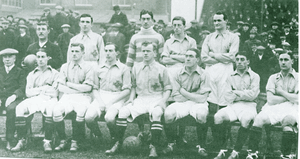
The Republic of Ireland is one of those rare entities in Europe: A country where football probably isn’t the most watched sport.
That honour goes to rugby union, which is why the ground that the ROI plays its football in is most commonly used to host rugby union games.
In this section we’ll give you a brief overview of the sorts of stadiums you’ll find in Ireland as well as some information on the Irish league.
Irish Stadiums
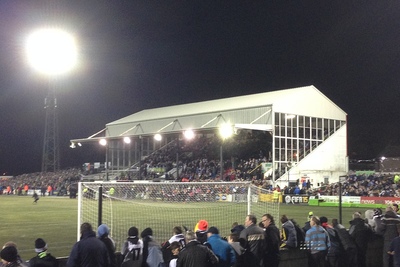
Though the Aviva Stadium, home of the Republic of Ireland’s national side, can host just over 50,000 people it is very much the exception and not the rule.
The next largest ground in the country can host about half of that number of supporters, with 11,000 of them standing.
After that the association football stadiums located across the country have capacities of less than 10,000, with most of them actually coming in at below 5,000.
Then again, the average attendance for a Premier Division game in 2018 was just 2,151 so they don’t currently need to be any bigger than that.
Irish Leagues
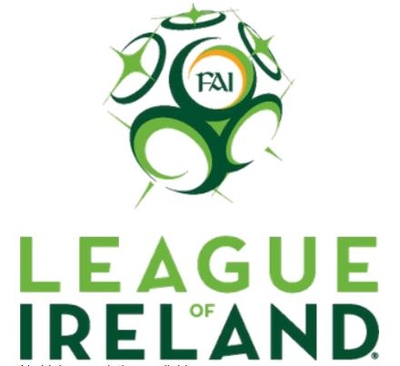 There are twelve levels to the Republic of Ireland football league system of which the League of Ireland Premier Division is the top-flight. It’s also known as the SSE Airtricity League Premier Division because of sponsorship.
There are twelve levels to the Republic of Ireland football league system of which the League of Ireland Premier Division is the top-flight. It’s also known as the SSE Airtricity League Premier Division because of sponsorship.
The rest of the divisions breakdown into national, provincial and county levels with the Premier Division and the second-tier First Division being the two national leagues. A system of promotion from the First Division and relegation from the Premier Division has been in existence since 1985, though it has changed numerous times over the years.
The top flight in the ROI is an exciting and competitive division despite being small fry in comparison to the likes of the English Premier League.
There are just 10 teams competing for the top slot and although Dundalk have won it more times than any other team with 7 titles, Shelbourne are hot on their heels with 6 wins while Shamrock Rovers and St Patrick’s Athletic have 5 apiece, so it’s all for the taking each season.
The Republic Of Ireland National Team
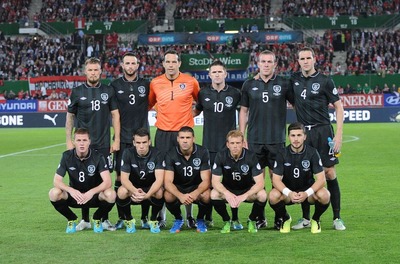
The Republic of Ireland’s first competitive competition was the 1924 Summer Olympics. They made it as far as the quarter-finals, something that they also achieved in their first appearance in a World Cup in 1990.
The team was actually formed in 1921 after the partitioning of the Free State Of Ireland from Northern Ireland the year before. In 1934 they played their first World Cup match, a qualifying game against Belgium that they drew 4-4. Paddy Moore scored all of ROI’s goals, becoming the first player to score four goals in World Cup match in the process.
They have also popped up in a few European Championships but never got further than the final sixteen, although they were crowned victorious in the 2011 Celtic Nations Cup – it’s just a shame the competition was discontinued after it’s first year.
Key Stats
| Republic of Ireland National Team Statistics | |
|---|---|
| Year Formed | 1921 |
| Home Stadium | Aviva Stadium |
| Stadium Capacity | 51,700 |
| Major Honours | None |
| Current Manager | Stephen Kenny |
| Top Scorer | Robbie Keane (68) |
| Most Caps | Robbie Keane (146) |
| Best Performance at World Cup | Quarter-Finals (1990) |
| Best Performance at European Championships | Last Sixteen (2016) |
| Kit Colours | Green & White (Home), White & Green (Away) |
History Of Football In The Republic Of Ireland
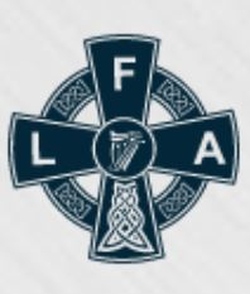 Football was played in Ireland as early as the 1860s, though it was predominantly in Ulster and took time to spread to the rest of the country.
Football was played in Ireland as early as the 1860s, though it was predominantly in Ulster and took time to spread to the rest of the country.
The Leinster Football Association came together in 1892, for example.
The game was predominantly based out of Belfast until the split of Ireland meant that the Football Association of the Irish Free State was formed.
